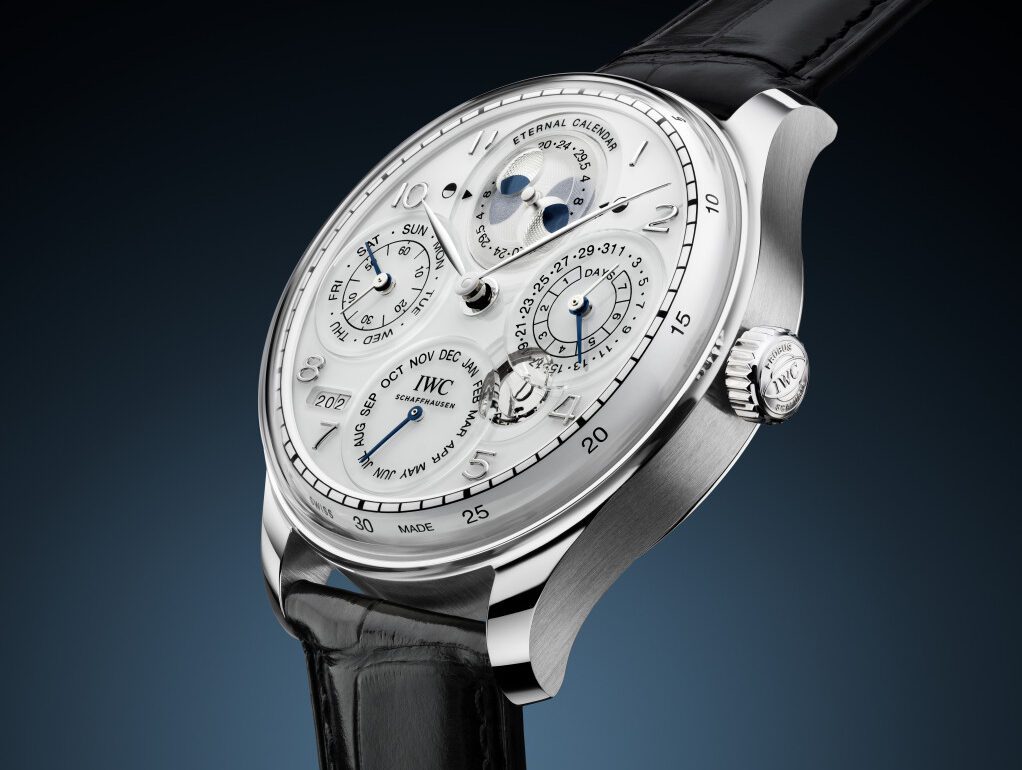IWC Schaffhausen invited the composer and scientist to collaborate on music to mark the launch of its new Portugieser collection.
There are two YouTube videos that I have watched hundreds of times. The first is of renowned British physicist Brian Cox at a TED Talk where he argues the case for curiosity driven research and reads an excerpt from his hero, astronomer Carl Sagan’s Pale Blue Dot book.
The term “Pale Blue Dot” was inspired by a picture taken in 1990 by the Voyager I space probe 6 billion kilometers from Earth (my mind can’t comprehend that distance). Sagan suggested that NASA engineers turn Voyager around and take some last minute pictures of Earth.
In the photograph, Earth appears as a tiny speck caught in a scattered beam of sunlight, leading Sagan to reflect on our place in the vast universe. Cox reading of this verse is poignant: “Our posturings, our imagined self-importance, the delusion that we have some privileged position in the Universe, are challenged by this point of pale light. Our planet is a lonely speck in the great enveloping cosmic dark. In our obscurity, in all this vastness, there is no hint that help will come from elsewhere to save us from ourselves.”
To be honest, I fangirl over everything Brian Cox does, whether he’s guesting on a British panel show (he’s actually very funny and self-effacing), or explaining why humanity needs explorers. A professor at the University of Manchester, Cox has worked on the Large Hadron Collider at CERN, Geneva, The Fermi National Accelerator Laboratory in Chicago and the DESY Laboratory in Hamburg.
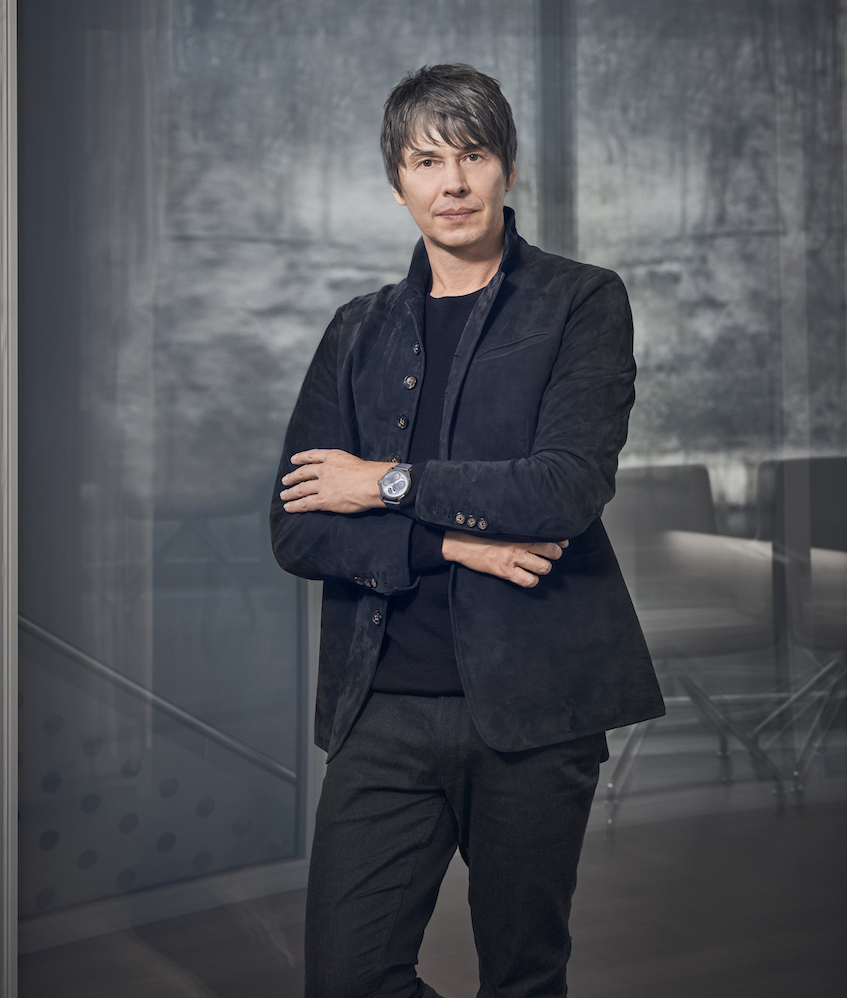


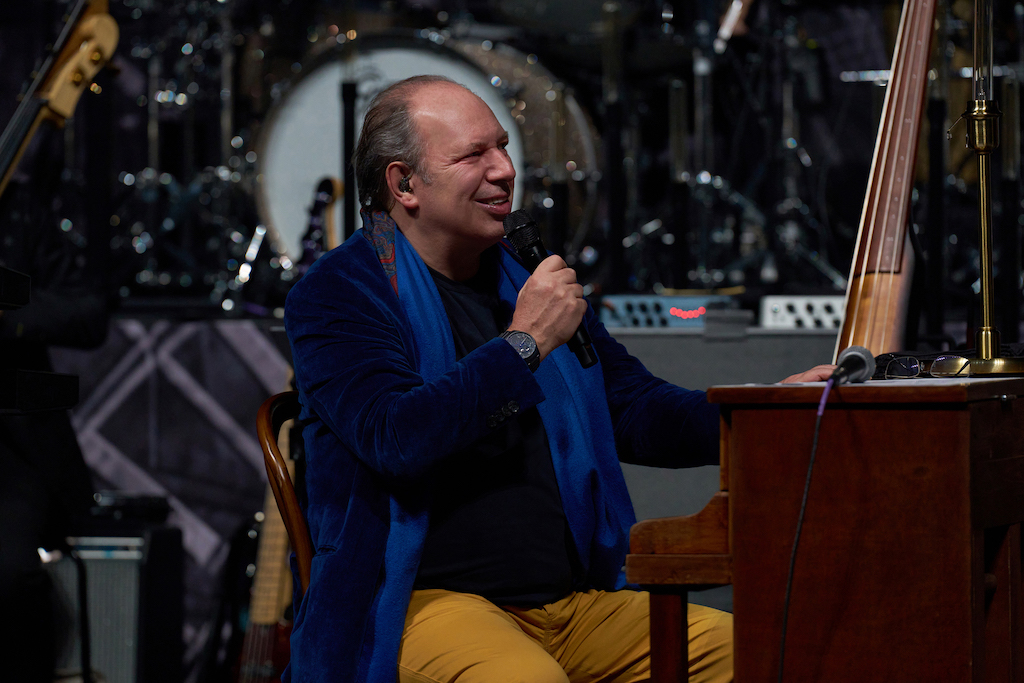


The second YouTube video I watch repeatedly is the extended version of composer Hans Zimmer’s Interstellar theme. Interstellar to me is one of those movies that one can watch with great enjoyment, but never feel the need to watch it again. Zimmer’s theme, on the other hand, is something that I have to listen to every now and then.
It is so hauntingly beautiful it feels like it’s music from the cosmos, from Sagan’s shaft of light that encapsulated that pale blue dot in that very moment in 1990.
Zimmer has composed music for over 150 films, including some of the most iconic movies of our time, including Gladiator, Inception, Dune, The Last Samurai and Christopher Nolan’s Dark Knight trilogy. He’s won two Academy Awards, three Golden Globes, three Grammys, an American Music Award, and a Tony Award.
When science and music unite
So what do these two rock stars in music and science have to do with each other?
Well, while music and physics may seem like two unrelated disciplines, they’re not. Physics contributes to understanding the mathematical relationships in music—think waveforms, the shape and scale of musical instruments, resonance, etc.
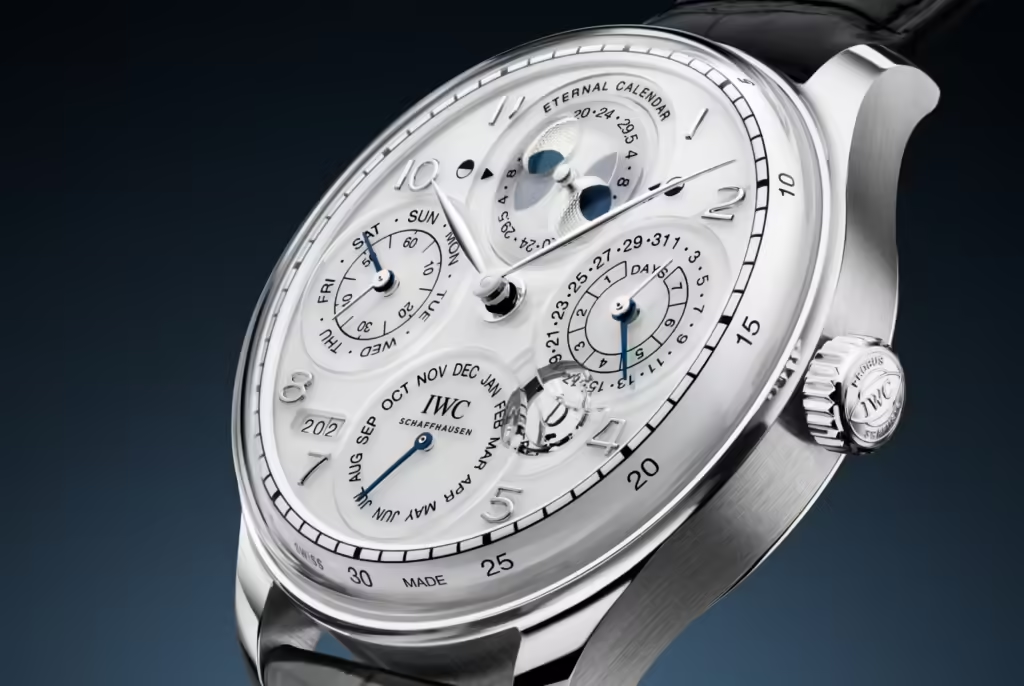


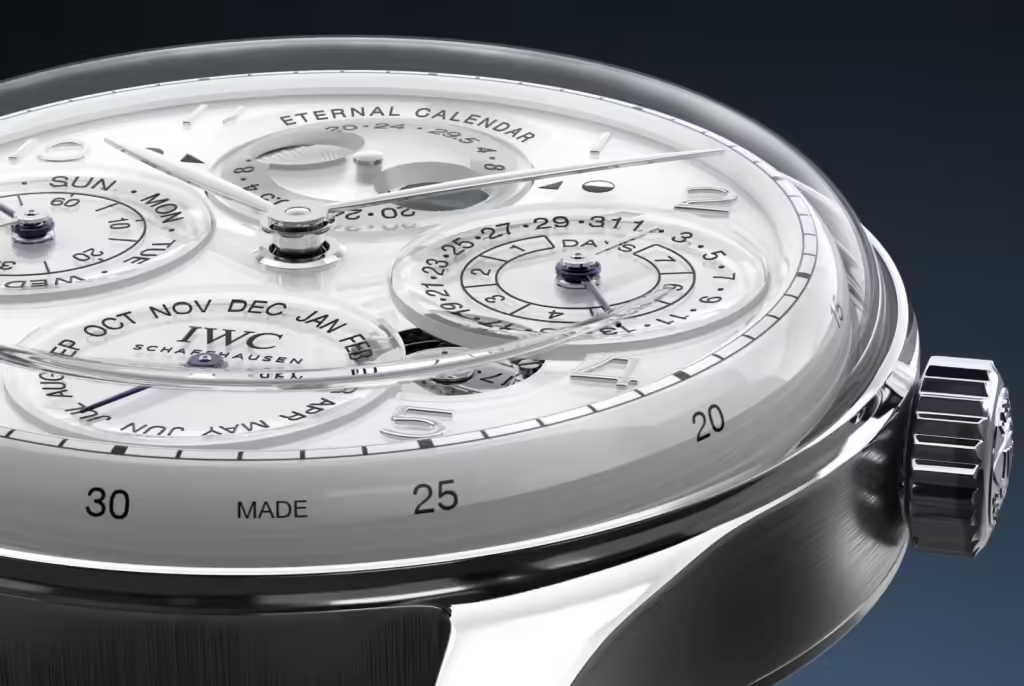


When the Swiss watchmaker IWC Schaffhausen asked Zimmer to compose music for its new Portugieser collection, they also invited Cox collaborate with him. The watch and music were launched at last month’s Watches and Wonders in Geneva, whose theme this year was “A Tribute to Eternity.”
The collection’s highlight is the Portugieser Eternal Calendar. Through the 150-year history of IWC, this is its first secular perpetual calendar that automatically takes into account the Gregorian calendar’s complex leap year exceptions by skipping three leap years over a 400-year period. It also features a moon phase display with an accuracy of 45 million years.
Chief Marketing Officer Franziska Gsell said in a news release, “As we launch a watch with a mechanical program that reaches further into the future than ever, the collaboration with Brian Cox is a privilege for us. Brian can express complex scientific facts in simple terms and inspire, engage and entertain audiences. He is pivotal in helping us demonstrate what a remarkable achievement the Portugieser Eternal Calendar represents.”
“The ambition of the engineering is a killer,” Cox said in Geneva. “The idea was to craft a piece of music that spoke to the mystery of time, to the mystery of eternity.”
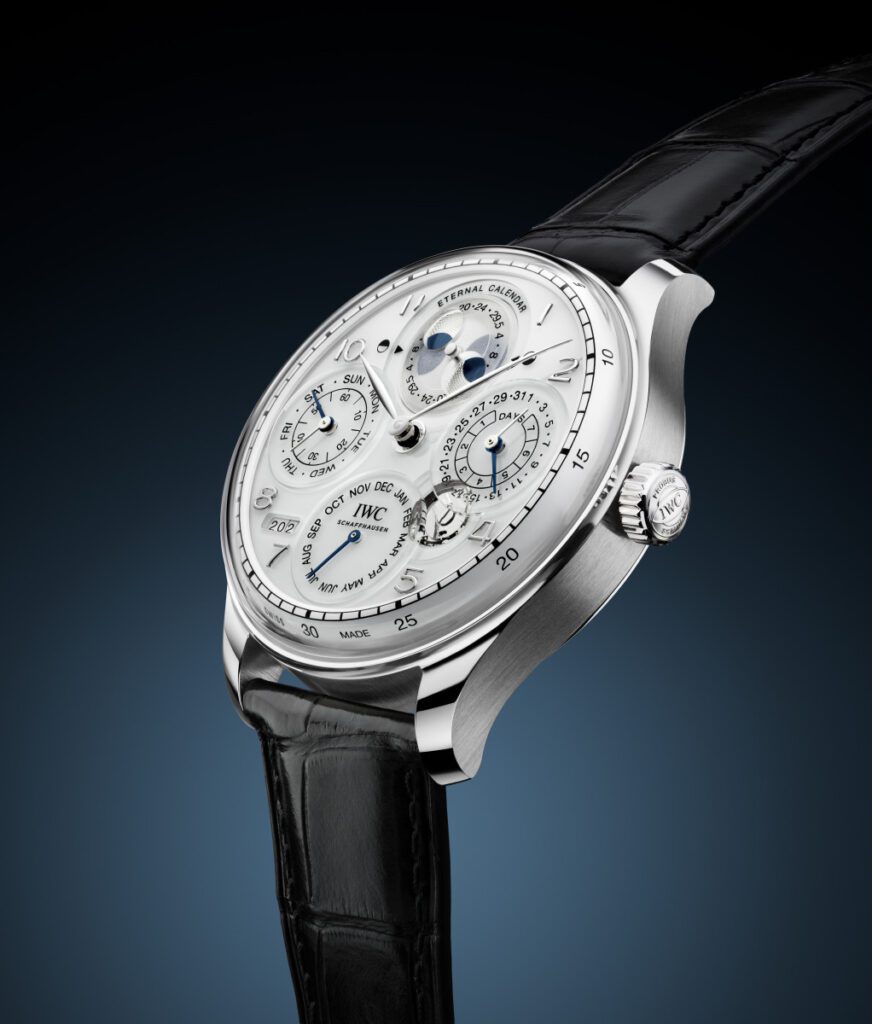


Cox said earlier that as a physicist with a deep interest in space and time, “IWC’s watchmaking is a source of inspiration. Looking at the second hand of a watch invites profound questions about the nature of time and space and the underlying structure and beauty of our universe. What exactly is it that this precision machine is so elegantly measuring? But science can’t answer the deepest of questions alone. It is beyond exciting for me to collaborate with IWC and one of my musical heroes, Hans Zimmer. Art and music are as essential to the progress of our civilization as science and engineering. This project is an opportunity to bring these disciplines together to create something unique and wonderful.”
Zimmer himself was inspired by the scientific mind of his collaborator. “As an artist, I always seek inspiration to take me to unexpected places and give my work new directions. Talking to Brian Cox, a leading physicist and such a brilliant mind, has deeply inspired me. This project has reinforced my intention to create a unique community of artists, scientists, and other thought leaders with the aim of collaborating on some of the most pressing challenges we face globally as a species.”
Watch Brian Cox and IWC Schaffhausen at Geneva’s Watches and Wonders here.

